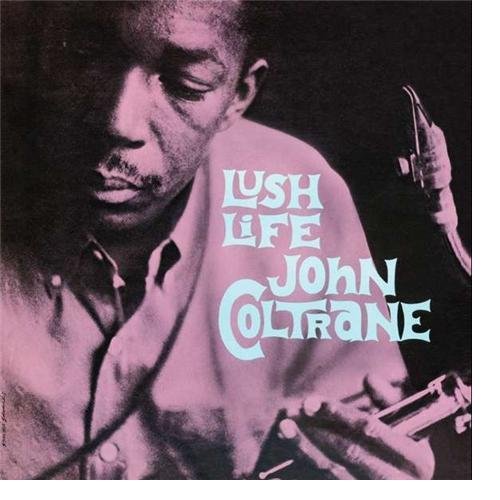
For every jazzman who has a long, illustrious career (think Dexter Gordon), or who blazes bright only to burn out too quickly (Charlie Parker or John Coltrane), there is a Bobby Timmons—an artist with a few frustrating flashes of brilliance followed by a long descent into alcoholism. By the time This Here is Bobby Timmons, Timmons’ first record as a leader, was recorded in 1960, he had already written three seminal original tunes while working with Art Blakey and Cannonball Adderly: “Moanin’,” “This Here,” and “Dat Dere.” 1960 was the peak year in Timmons’ career; he appeared or led on over 20 recordings with Blakey, both Adderly brothers, Lee Morgan, and Buddy Rich, among others. Thereafter his output as a performer and composer diminished until at the end of the decade he was appearing on only one or two sessions a year, and those live rather than studio appearances.
What happened to Timmons? Ironically, his very success may have been his undoing. Some writers have suggested that he was stereotyped as a simple soul player after his originals, which were very much in the “soul jazz” tradition of the early sixties and incorporated simple soul, blues and gospel licks into jazz’s compositional repertoire, became big hits. In fact, some writers go so far as to credit “Moanin’” and “This Here” with making Art Blakey and Cannonball Adderly (respectively) commercial successes.
That Timmons had higher ambitions than the soul-jazz crown can be glimpsed from the set list of this release, which tackles such classics of the repertoire as Ellington’s “Prelude to a Kiss,” “My Funny Valentine,” and Strayhorn’s “Lush Life”—the last as a solo number. The arrangements of all of these numbers are as straightforward jazz covers with little of the stride or gospel influences that Timmons was more famous for. Unfortunately, these numbers occasionally fall flat as a result. It’s on Timmons’ originals that the set really comes alive—though his “Lush Life” hints at the possibility of some deeper artistry, the other cuts either stay resolutely in the same soul-jazz groove or become facile and timid.
This reissue from Fantasy is part of a new line of SACD rereleases of seminal Riverside, Prestige and Contemporary recordings. The sound on the standard CD layer of the hybrid disc is clean and balanced, with the low end gamely holding its own against the cymbal-heavy sound of Jimmy Cobb’s drums—in fact, in a few places the bass seems a little too much in the mix, for instance on the second chorus of “Dat Dere” and on “My Funny Valentine.” A tape wobble partway through “The Party’s Over,” apparently present in the original master, slightly mars the sound, but otherwise the recording is clean and transparent, allowing the listener to hear Timmons’ grunts (like a quieter Keith Jarrett) as well as the music.
Ultimately, This Here is Bobby Timmons is a document from one of the major jazz movements of the fifties and sixties, and should be appreciated in that spirit. This release provides the most transparent glimpse yet into Timmons’ soulful playing and his studio sessions. Also recommended for a fuller vision of Timmons as a performer are his key sessions with Cannonball and with the Jazz Messengers. As a sideman, he was hard to beat; as a composer, he added new sounds and rhythms to the rich griot of jazz; as a leader, his tragically short career denied him the time to grow and mature.
Originally published on BlogCritics.





